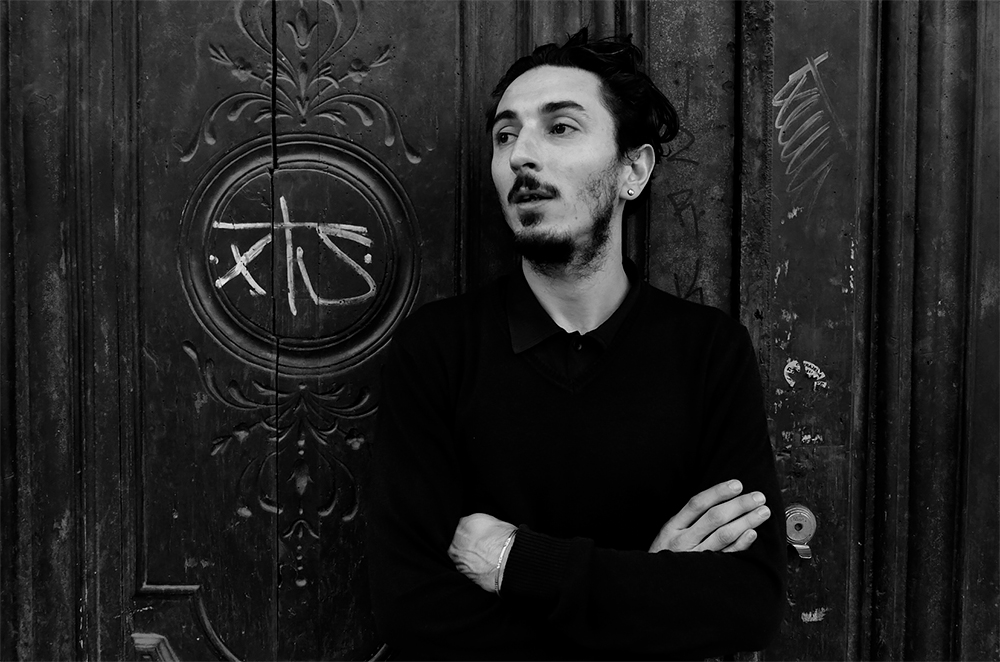Italian photographer and photojournalist, lives in Barcelona. He currently works as a freelance with international magazines and works with production agencies. The interest in all social characteristics opens his vision to Anthropological Photography and Reportage, which allow him to better express the feelings of empathy and understanding of the world, and to deepen his interests in all issues of geopolitics and current affairs.
Humanidade
The warm humanity, the charm of the popular world of Bahia, of the island of Boipeba, and its characters that animate the colorful landscape with their daily struggles and hopes. Their original humor, the wealth that sweats through the adventures of their stories. They live, immersed in their smells, in their instincts, in contradictions and pains, immersed in the shade of palm trees, protected by the coral reef, among a thousand types of mango, fragrant, sweet to the point of redeeming at least in part the echo of the ancient colonialism.
The human race beyond all, that work of God conceived in a week, the human race always alive as a burning wound, a beauty, a rot. An eternal fire, death and resurrection, the human race like a diamond, a drop; the human race is the mine of loneliness, the human race is a scratch, a doodle, the face of desire. A great divine synthesis.
A subtropical tradition veiled by a flavor of realism with vivid tones, strong accents, a magical realism, a sort of intrinsic narrative power. Rapid images, sometimes suffocating, due to the temperatures, emotional images of poor morality but animated by a turgid variety, the same that populates the lush Bahia. Nobility of mind, baseness of every order and rank, hunger, thirst, disease, and sex, so much sex, that climbs wet everywhere.
